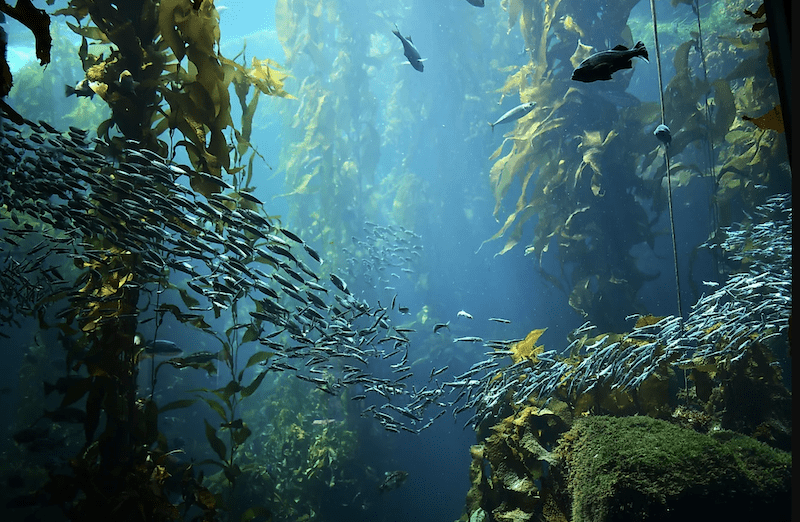Underwater Gardens: Food from the Sea
Underwater gardens are a veritable treasure trove of potential food sources. From common seaweeds to exotic marine plants, these aquatic ecosystems provide a wealth of nutritious and sustainable food. Here, we'll dive into the world of edible marine plants, exploring their uses, cultivation, and the challenges of overharvesting.
Common Underwater Edibles
One of the most familiar types of underwater food plants is seaweed, which comes in numerous species and types. Some common varieties include kelp, nori, and dulse.
---Kelp: This large brown seaweed is a staple in many Asian cuisines. Often harvested by divers or from kelp farms, it's packed with vitamins and minerals. Kelp can be eaten raw, cooked, or dried and used as a flavor enhancer.
---Nori: Nori is the Japanese name for edible seaweed species in the red algae genus Pyropia. It's typically farmed and then harvested, dried, and toasted into sheets. Nori is a critical component of sushi and also used in soups and rice dishes.
---Dulse: This red seaweed is popular in northern European cuisines, particularly in Ireland and Iceland. It's typically dried and used as a snack or in cooking. Dulse has a unique, slightly spicy flavor and is rich in protein and fiber.
Unusual Marine Plants used for Food
Among the lesser-known edible marine plants are sea lettuce, samphire, and sea grapes.
---Sea lettuce: This bright green, leafy seaweed, usually found in intertidal zones, is used in salads, soups, and sushi. It's high in protein, soluble dietary fiber, and a variety of vitamins and minerals.
---Samphire: Also known as sea asparagus, samphire has a crunchy texture and a salty taste. It's usually steamed or pickled and is a popular accompaniment to fish dishes.
---Sea grapes: These aren't grapes at all but a type of green seaweed that forms grape-like clusters. Commonly eaten in Southeast Asia, they have a salty-sweet taste and are often used in salads or pickled.
Overharvesting: A Threat to Underwater Plants
Overharvesting is a significant concern for many species of edible marine plants. The sea asparagus (Zostera marina), also known as eelgrass, is one species threatened by overharvesting. It is a valuable food source and habitat for many marine species and plays a crucial role in maintaining water quality. Overharvesting can severely deplete populations, damaging ecosystems and reducing the resilience of these plants to other threats such as disease or climate change.
Underwater Plants that are Commercially Grown
Growing marine plants for food is an expanding industry, driven by growing awareness of these plants' nutritional benefits and sustainability. One of the leaders in this field is the cultivation of seaweeds like kelp. In regions like Maine, USA, and parts of Japan and China, seaweed aquaculture is well established and highly successful.
Kelp farming, in particular, has several advantages. Kelp grows rapidly, does not require feed or fertilizer, and helps to absorb excess nutrients in the water, improving water quality.
Another commercially cultivated plant is the sea grape (Caulerpa lentillifera). Popular in Japanese, Filipino, and Thai cuisines, sea grapes are often grown in shallow ponds, where they can be easily harvested.
The sea offers a rich array of food sources that are both nutritious and sustainable. As we learn more about these underwater gardens, it's vital to balance the demand for these unique foods with the need to preserve and protect marine ecosystems. Overfishing and destructive harvesting methods can lead to significant harm to our oceans, endangering countless species and disrupting vital food chains. Thus, the exploration and consumption of these aquatic food sources must be conducted with careful attention to sustainable practices, including responsible fishing, aquaculture systems, and policy enforcement, to ensure the longevity and health of our sea's bountiful resources.



.png)
.png)
.png)

.png)